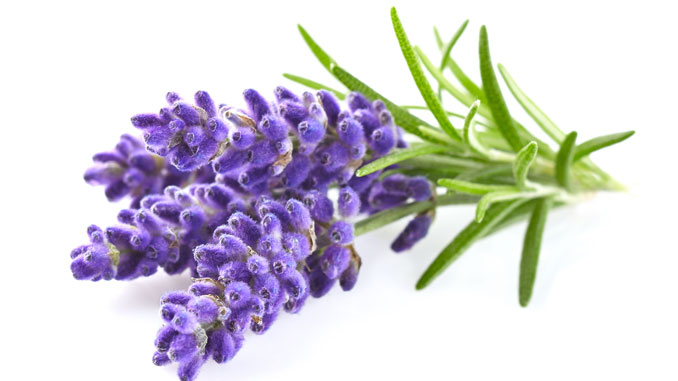
If you looked out your front window this scorching summer afternoon and were dismayed to see your lawn falling victim to the soaring temperatures, chances are your first thought was “more water!” But when it comes to lawn care, how you water is just as important as how much.
Evaporation is your enemy. Time it so that you’re watering before the heat of the day really kicks in; anywhere before 10 AM should give enough time for the roots to soak up their fill before the sun really revs up for the day. You’re also going to have better luck if you water more deeply, less frequently. Like with all plants, watering deep encourages roots to dive down, allowing for a hardier, weather-resistant lawn.
But keeping it green isn’t the only thing you need to ensure a lush lawn: keep it long. Now, that’s not to say you shouldn’t mow. By all means, keeping your grass tip top means giving it a little trim now and then, but make sure you adjust your mower height during the hotter months to give your lawn a little room to grow. Taller blades will help shade the soil, leading to less evaporation and a healthier yard. Lastly, be sure to change the blades on your lawnmower as well. Dull blades will tear and damage grass, while sharp blades result in a clean cut.
On the August Agenda
- Your vegetable garden should be top of mind. Keep an eye on plants to ensure they’re getting enough water and harvest as veggies ripen.
- Plant winter crops like celery, carrots, broccoli, snap peas, onions, shallots, kale, collards, and winter squash.
- Plant saffron corms and be ready to harvest in September (about five weeks after planting).
- Prop up any overladen fruit tree branches to prevent them from breaking and clean up any fruit that drops to avoid attracting pests.
- Don’t have fruit trees yet? Hit up local farmers markets and taste test locally grown fruits to determine which ones you would like in your backyard.
- Plant late blooming flowers like balloon flowers, black-eyed Susans, or chrysanthemums for additional color until the first frosts of the season.
- Once hydrangeas have finished blooming toward the end of the month, cut them back so stems are 18-24 inches long.
- Replenish soil nutrients by adding compost or fertilize early on a day that is expected to stay relatively cool to give your plants the end-of-the-season boost they need without burning them (which can happen sometimes if fresh fertilizer gets too hot).
- Cut gladiolus blooms in the cool hours of the early morning or evening to display inside.
- Dig up and divide bearded irises.
Drought-Tolerant Plants
Looking for some low maintenance plants you won’t have to worry about through these dry California summers? Look no further.
- Lantana: This heat-loving, drought-tolerant, low-maintenance perennial can be found in just about every color.
- Blanket flower: These colorful mounds of bright blooms can have a single or double layer of petals.
- Sage: Take your pick of Russian sage, bush sage, meadow sage, and Mojave sage.
- Purple coneflower: This lovely shade is also the most drought-tolerant coneflower species.
- Lavender: An ideal low water flower, it’s nearly impossible to kill—unless you overwater it.

